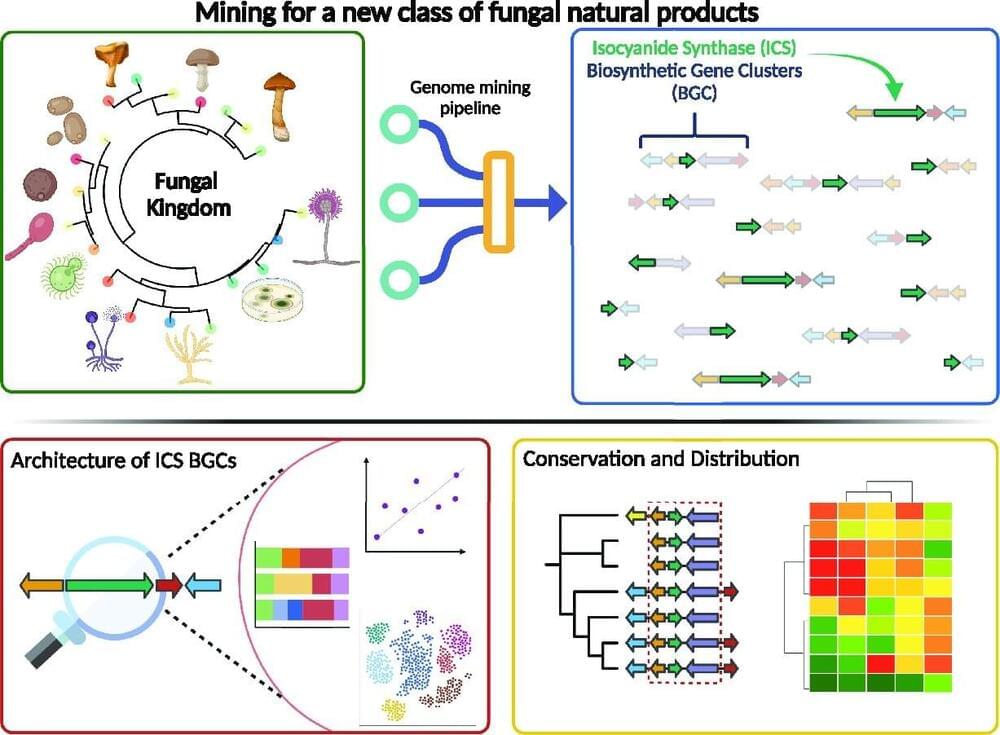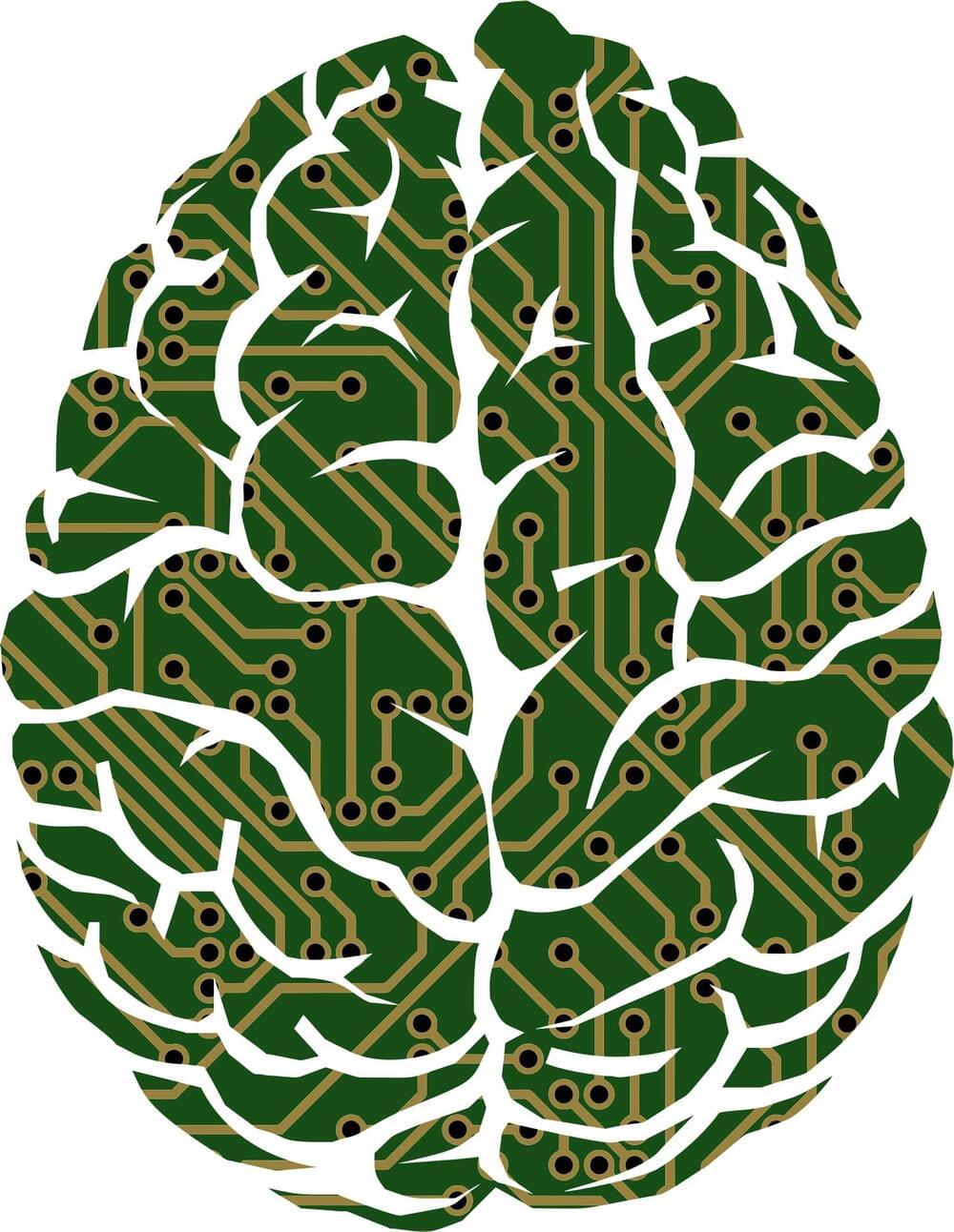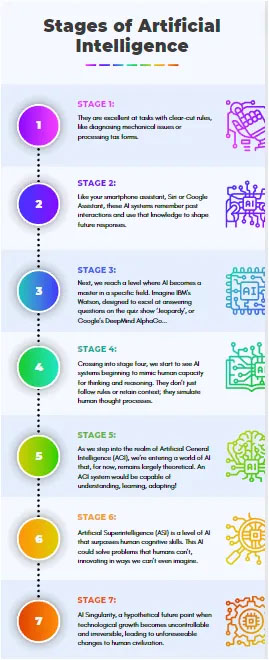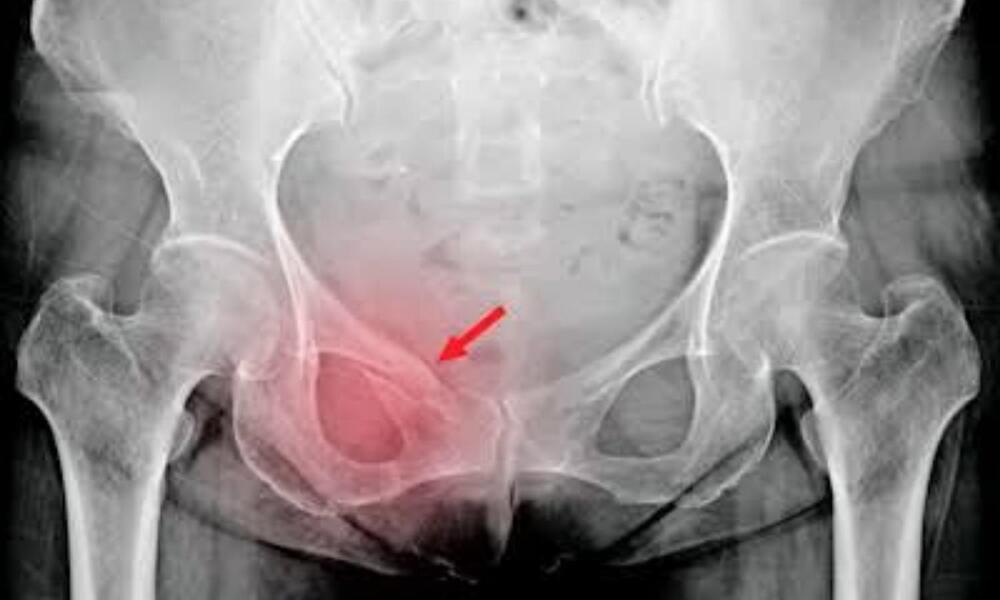I hope this isn’t been posted before especially by me. I do have a bit of pre dementia but it’s not too bad. It’s from my TBI but they’re working on weeding out bias from AI and making it so it’s not bad for us or to us.
Thought-provoking TED Talk on how AI can unintentionally reinforce societal prejudices, perpetuate discrimination, and amplify toxic behaviors online. This talk is a call to action for individuals, tech companies, and policymakers alike. By addressing AI bias and toxicity head-on, we can pave the way for a future where AI systems are truly unbiased, fostering inclusivity and equality for all.
AI, Algorithm, Behavioral Economics, Discrimination, Diversity, Empathy, Engineering, Entrepreneurship, Social Entrepreneurship, Social Media, Software, Voice, Vulnerability, Women, Women in business, Women’s Rights, Work, Workplace, Writing Product leader with over 9+ years of experience in building large scale consumer Products at Yahoo, Apple. Priya is passionate about driving innovation while building dynamic & inclusive teams. During her time at MIT, she built inclusively and won prestigious funding through MIT 100K award (previous finalists include Hubspot, Akamai). She was also invited at TedX Boston and MIT Media Lab to share her work This talk was given at a TEDx event using the TED conference format but independently organized by a local community.








